Double Crush Syndrome Ulnar Nerve
Double crush syndrome ulnar nerve. Double crush syndrome Double crush syndrome refers to a situation in which there is compression or local irritation of a peripheral nerve at several separate sites along its course. While the double crush most commonly involves carpal tunnel syndrome and C6 or C8 radiculopathy it also can involve the ulnar nerve entrapped at the elbow or less commonly in the hand and C8 radiculopathy or handcuff neuropathy superficial radial sensory nerve at the wrist and C5 radiculopathy. Double crush syndrome DCS of the ulnar nerve including cubital tunnel syndrome with ulnar tunnel syndrome UTS is uncommon.
About Press Copyright Contact us Creators Advertise Developers Terms Privacy Policy Safety How YouTube works Test new features Press Copyright Contact us Creators. A statistically significant greater number of the upper limbs of cyclists with clinical diagnosis of ulnar nerve neuropathy presented with proximal dysfunctions suggestive of double crush syndrome. This example of the same nerve getting pinched at two locations is referred to as double crush syndrome.
One was in the foraminal canal in the neck C7 and the other was in the cubital tunnel on the inside of the elbow ulnar nerve. In addition dissatisfaction after treatment at one site may be the result of persistent pathology at another site along a peripheral nerve. Cervical radiculopathy and ulnar nerve entrapment may coexist as the double crush syndrome.
Both lesions could contribute to the patients symptoms. For this mechanism of nerve injury-serial compromise of axonal transport along the same nerve fiber causing a subclinical lesion at the distal site to become symptomatic-they proposed the term double-crush syndrome DCS. Double crush syndrome is a distinct compression at two or more locations along the course of a peripheral nerve that can coexist and synergistically increase symptom intensity.
A common occurrence in cyclists with ulnar nerve neuropathy-a. Proximal compression of a nerve trunk such as occurs with cervical radiculopathy may lead to increased vulnerability to nerve compression in a. Serial constraints of axoplasmic flow in nerve fibers increasing the susceptibility of distal axons of that nerve to compression syndromes and symptomatology.
Clin J Sport Med. The double crush syndrome is seen most commonly with median nerve entrapment at the wrist or carpal tunnel syndrome. Cyclists - ulnar nerve and double crush.
Conceptually similar issues with double crush syndrome can occur with the ulnar nerve at the elbow and the C8 nerve-root as the ulnar nerve supplies the 5 th digit and one-half of the 4 th digit which is also subserved by the C8 dermatome. 1 The DOUBLE CRUSH SYNDROME is.
This study compares the postoperative outcomes of patients with isolated ulnar tunnel syndrome versus those with double crush syndrome of the elbow and ulnar tunnel.
A statistically significant greater number of the upper limbs of cyclists with clinical diagnosis of ulnar nerve neuropathy presented with proximal dysfunctions suggestive of double crush syndrome. This article describes an ulnar neuropathy along the elbow and the wrist segments with electro-diagnostic examination EDX. Serial constraints of axoplasmic flow in nerve fibers increasing the susceptibility of distal axons of that nerve to compression syndromes and symptomatology. Cervical radiculopathy and ulnar nerve entrapment may coexist as the double crush syndrome. While the double crush most commonly involves carpal tunnel syndrome and C6 or C8 radiculopathy it also can involve the ulnar nerve entrapped at the elbow or less commonly in the hand and C8 radiculopathy or handcuff neuropathy superficial radial sensory nerve at the wrist and C5 radiculopathy. Cyclists - ulnar nerve and double crush. Both lesions could contribute to the patients symptoms. This study compares the postoperative outcomes of patients with isolated ulnar tunnel syndrome versus those with double crush syndrome of the elbow and ulnar tunnel. Double crush was first described in 1973 by Upton and McComas 2 and reflects the phenomenon whereby one compressive lesion occurring along a nerve renders the nerve less tolerant of compression at the same or a second locus.
About Press Copyright Contact us Creators Advertise Developers Terms Privacy Policy Safety How YouTube works Test new features Press Copyright Contact us Creators. For this mechanism of nerve injury-serial compromise of axonal transport along the same nerve fiber causing a subclinical lesion at the distal site to become symptomatic-they proposed the term double-crush syndrome DCS. An example of this is coexistent C6 radiculopathy neck site and carpal tunnel syndrome wrist site. A statistically significant greater number of the upper limbs of cyclists with clinical diagnosis of ulnar nerve neuropathy presented with proximal dysfunctions suggestive of double crush syndrome. Serial constraints of axoplasmic flow in nerve fibers increasing the susceptibility of distal axons of that nerve to compression syndromes and symptomatology. Double crush syndrome Double crush syndrome refers to a situation in which there is compression or local irritation of a peripheral nerve at several separate sites along its course. While the double crush most commonly involves carpal tunnel syndrome and C6 or C8 radiculopathy it also can involve the ulnar nerve entrapped at the elbow or less commonly in the hand and C8 radiculopathy or handcuff neuropathy superficial radial sensory nerve at the wrist and C5 radiculopathy.


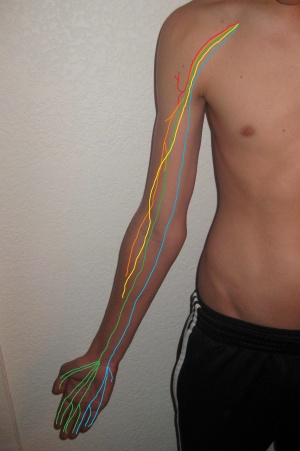


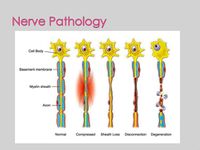


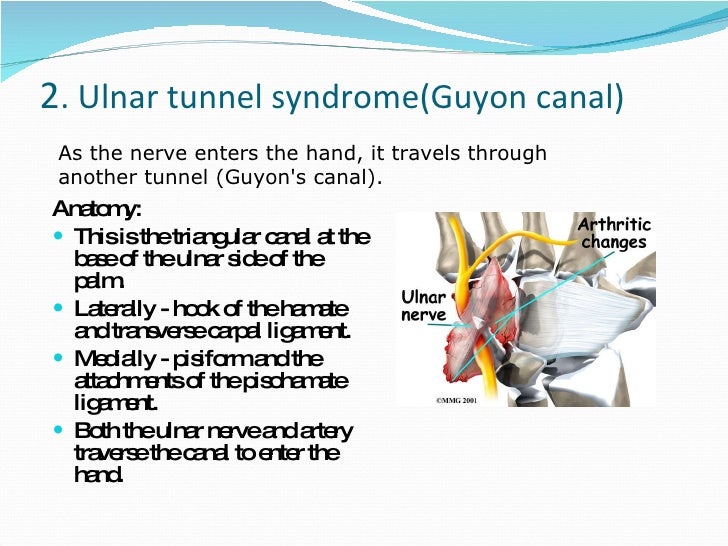

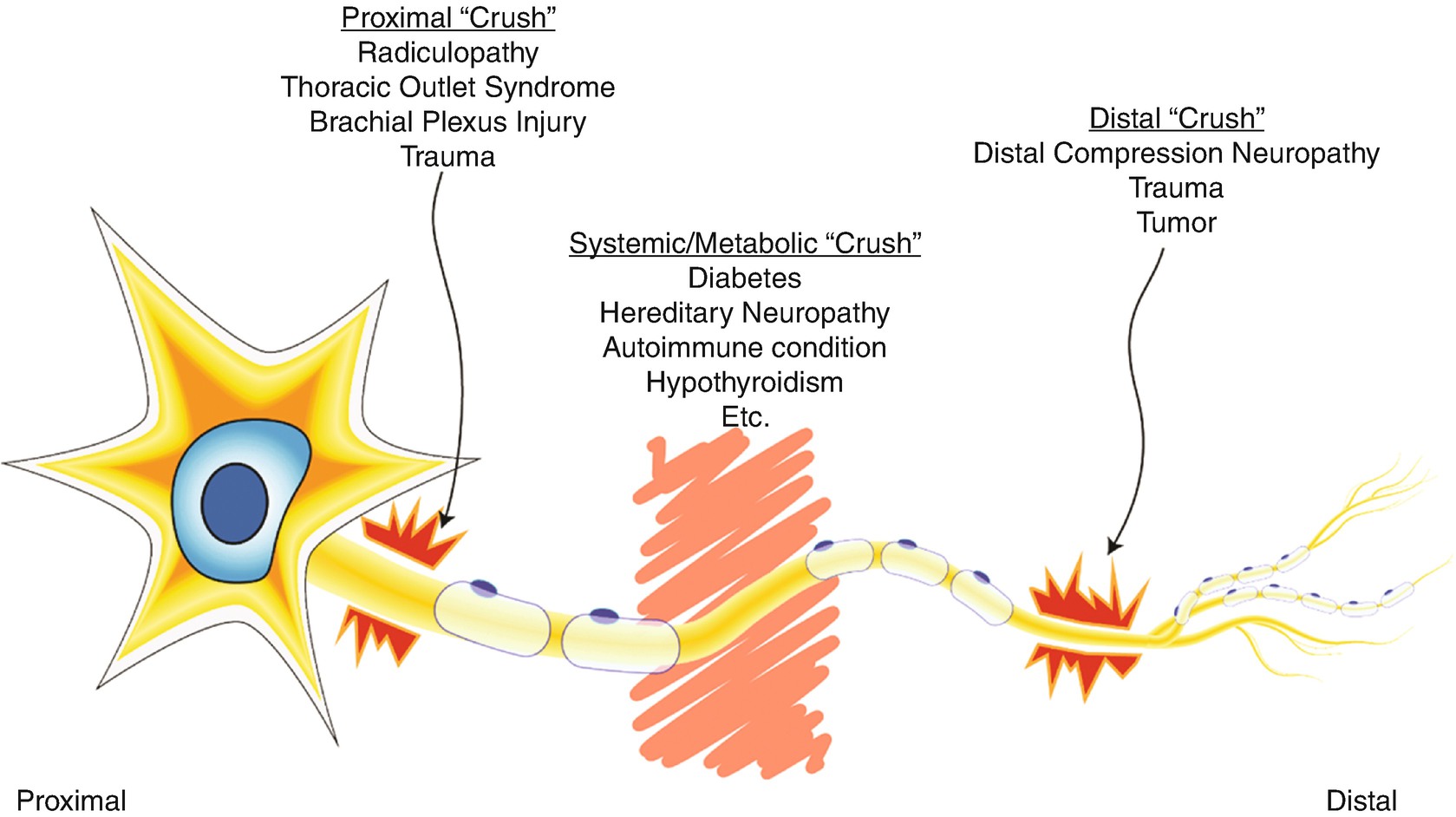

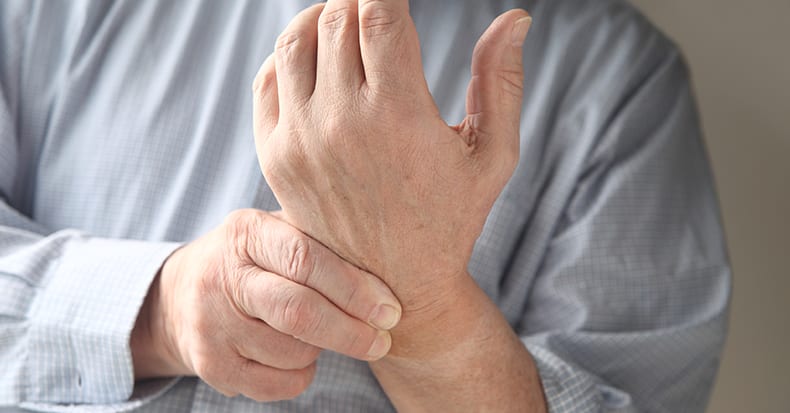





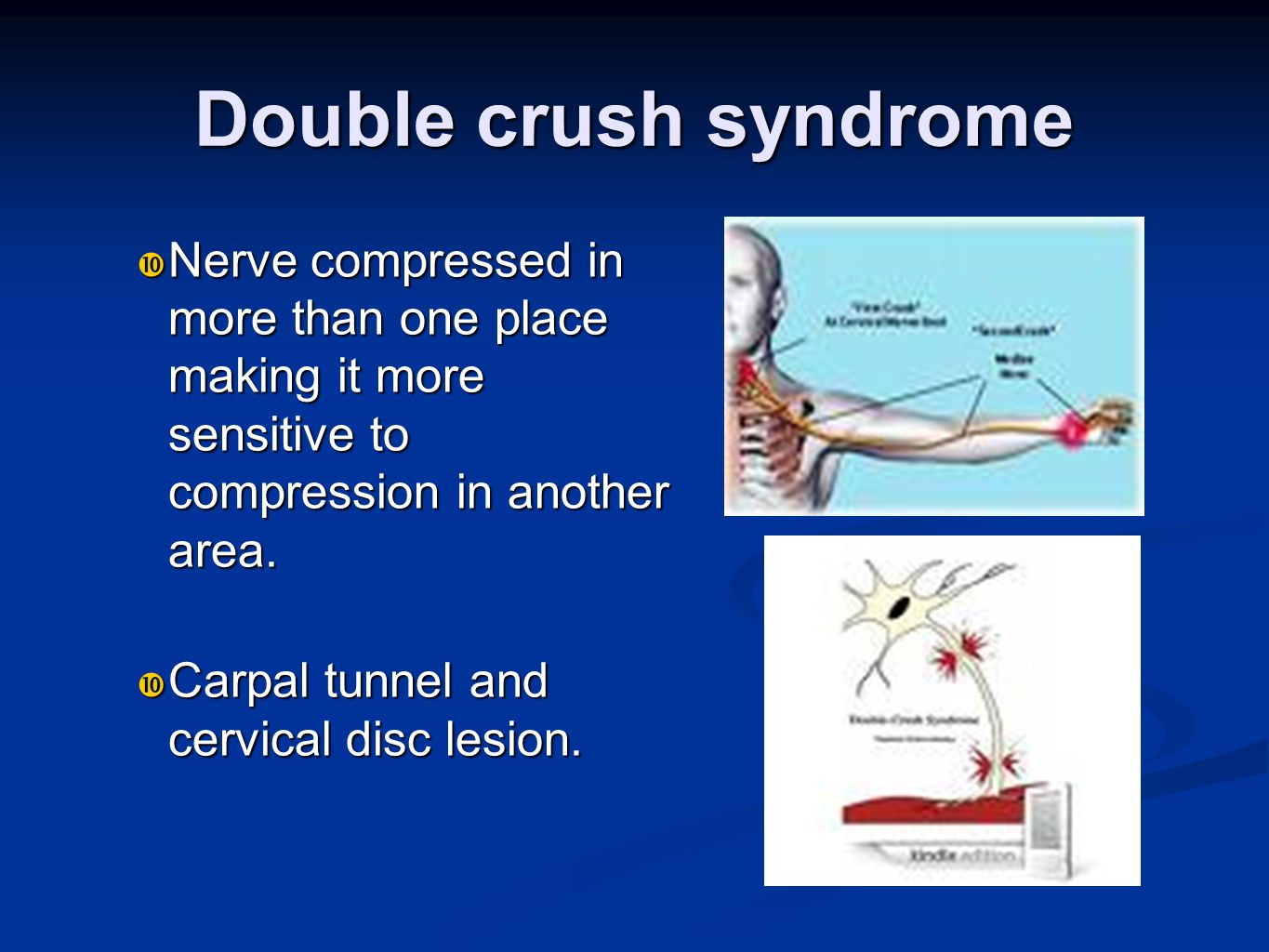



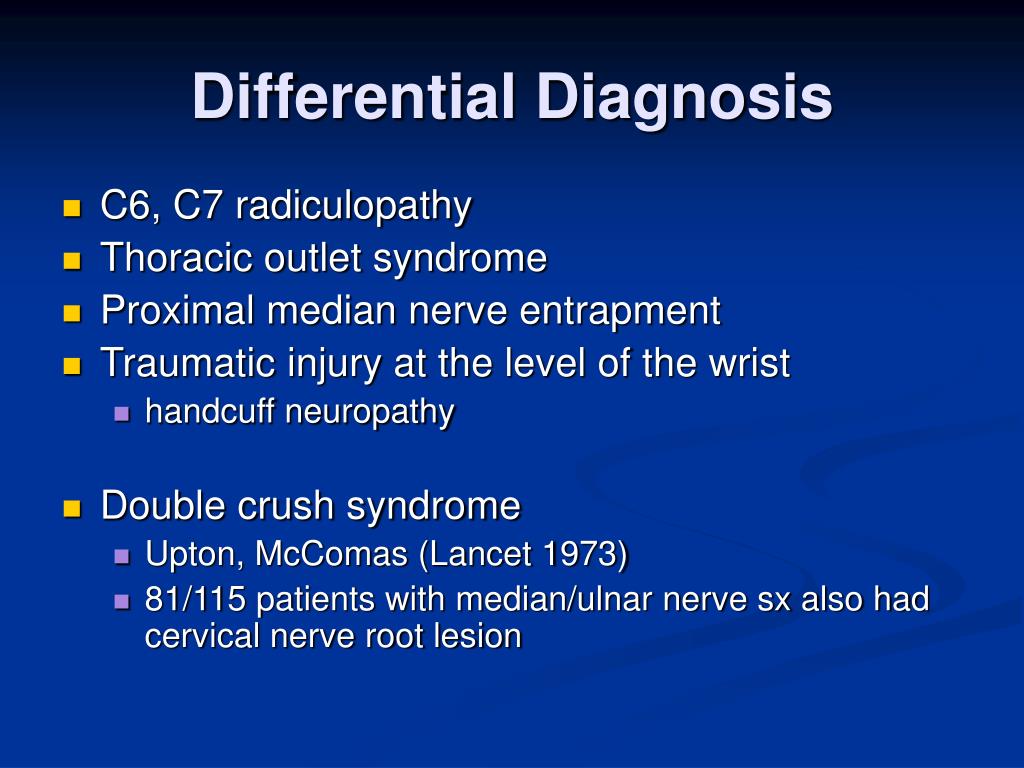




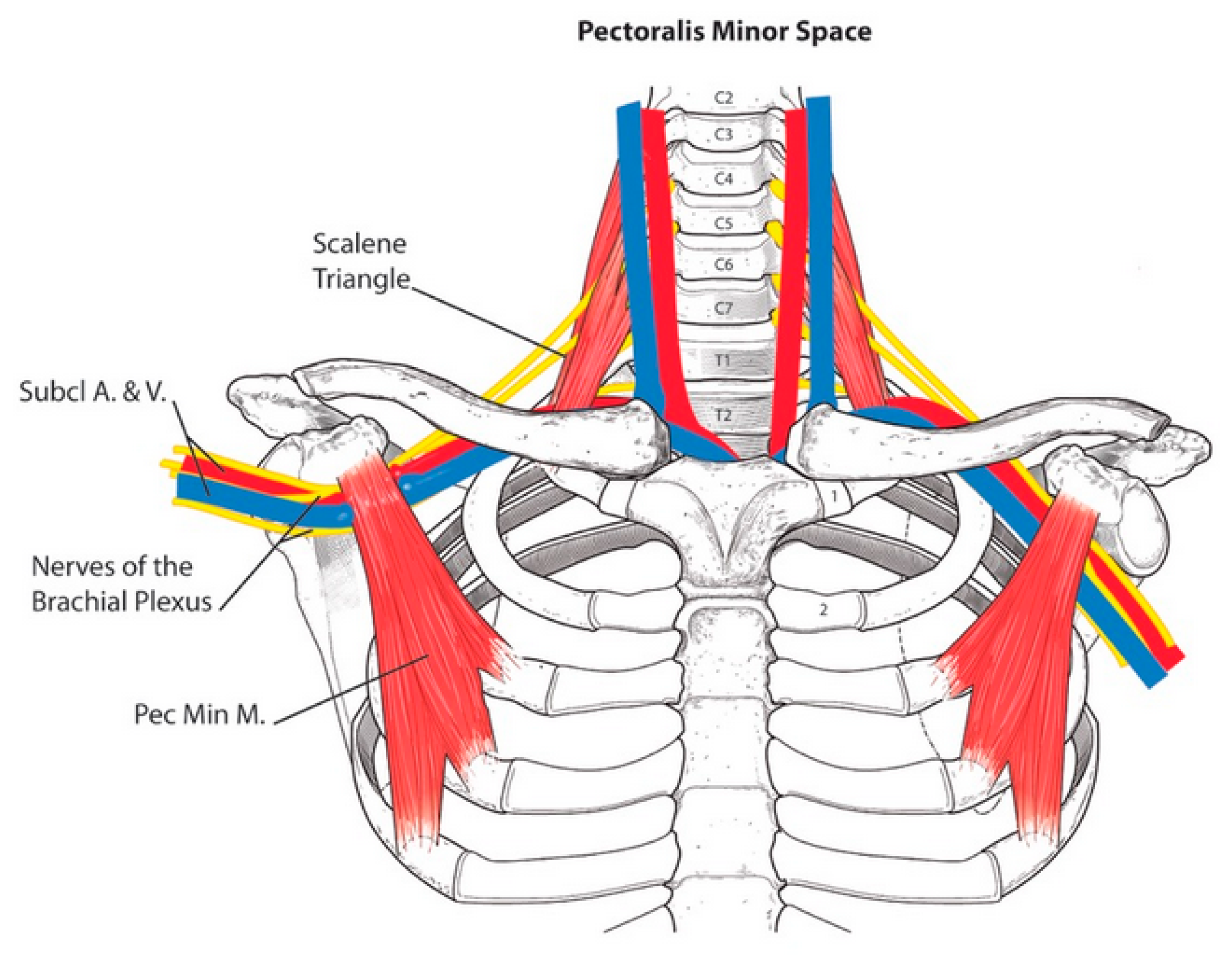
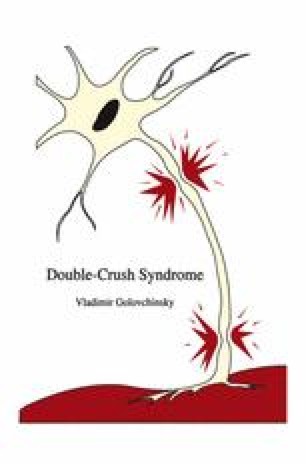

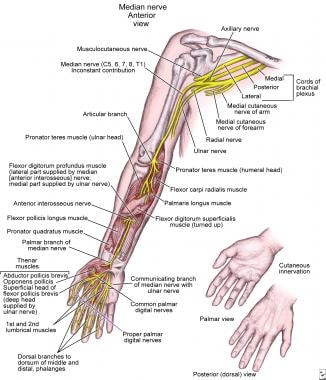
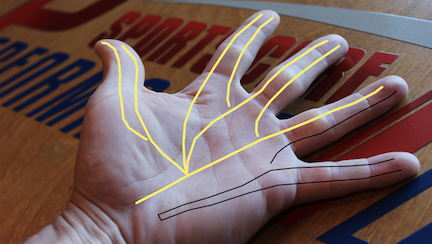

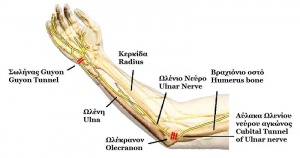

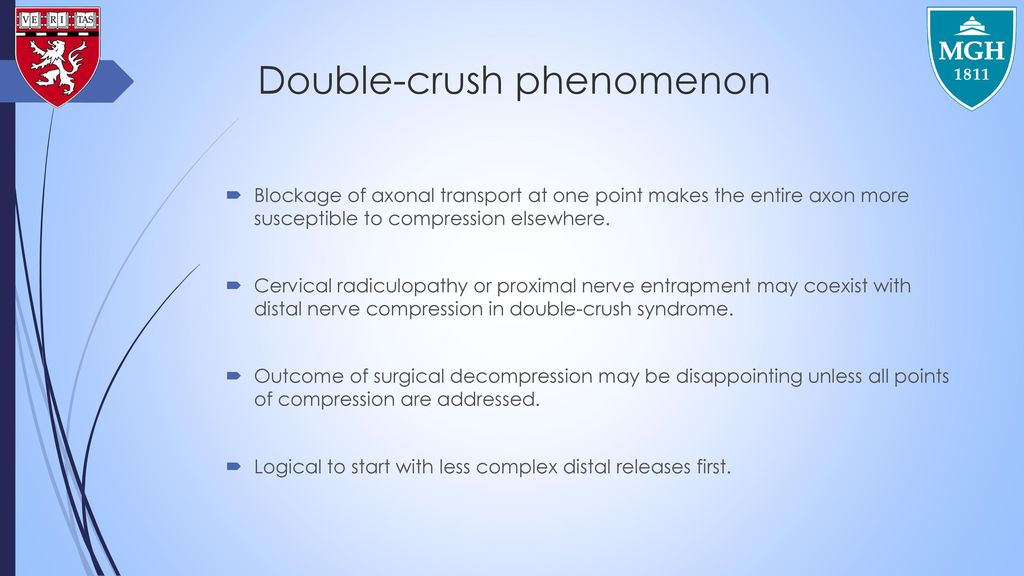
Post a Comment for "Double Crush Syndrome Ulnar Nerve"